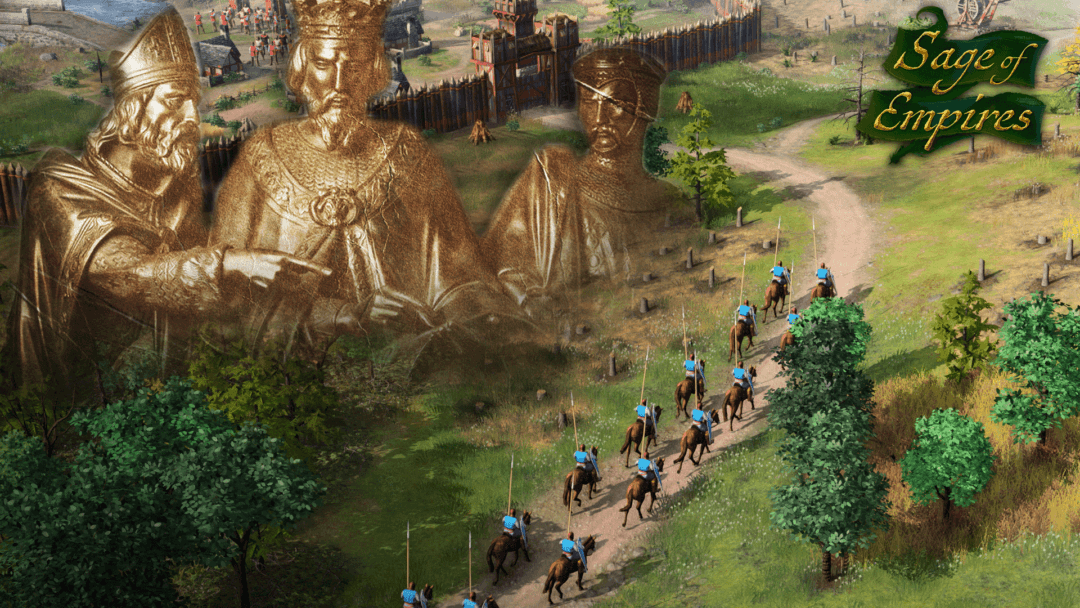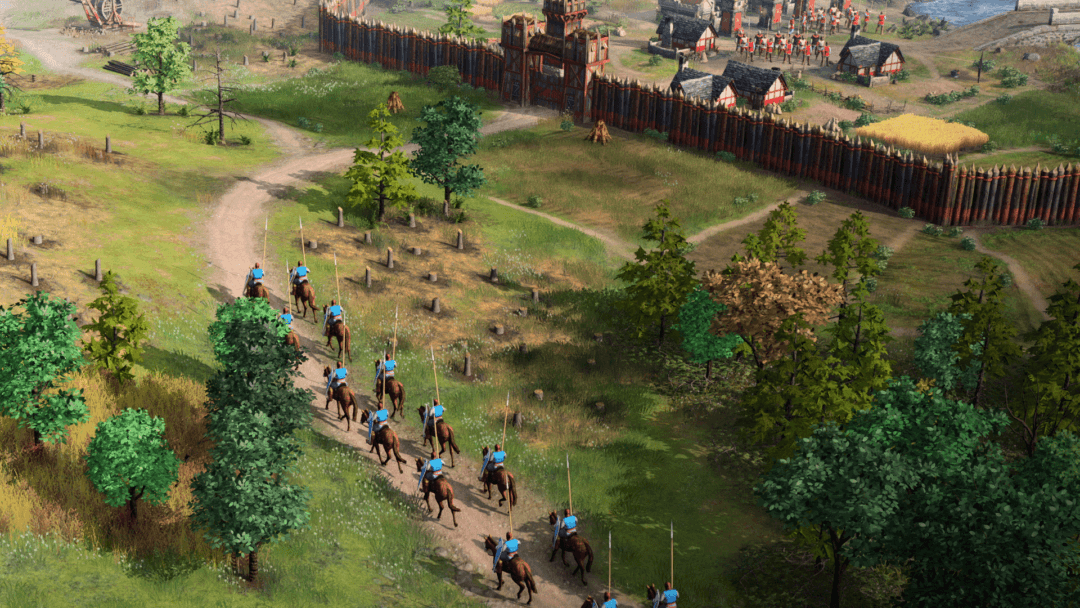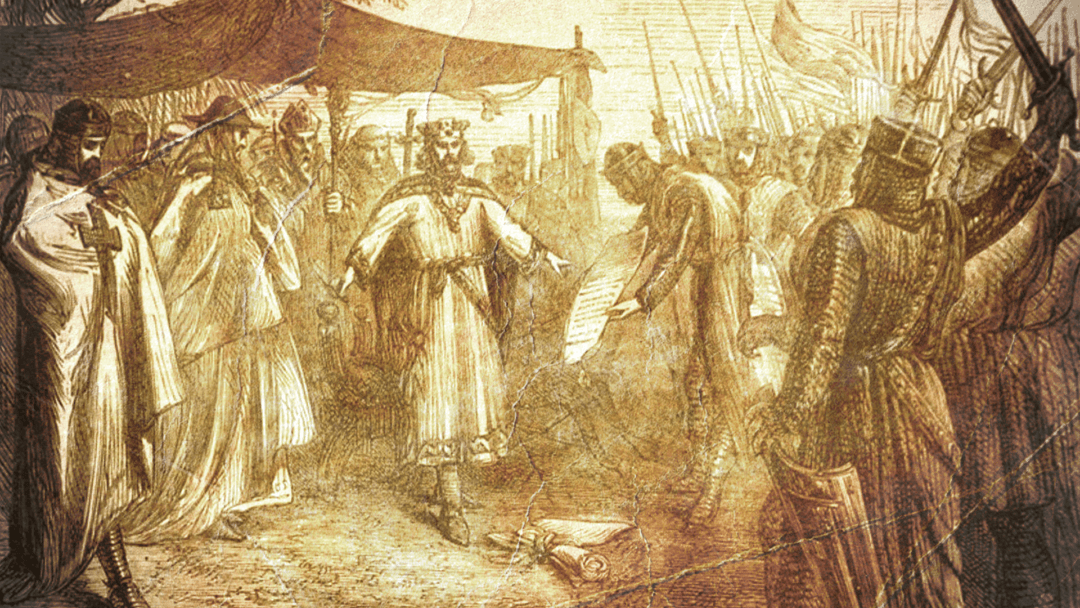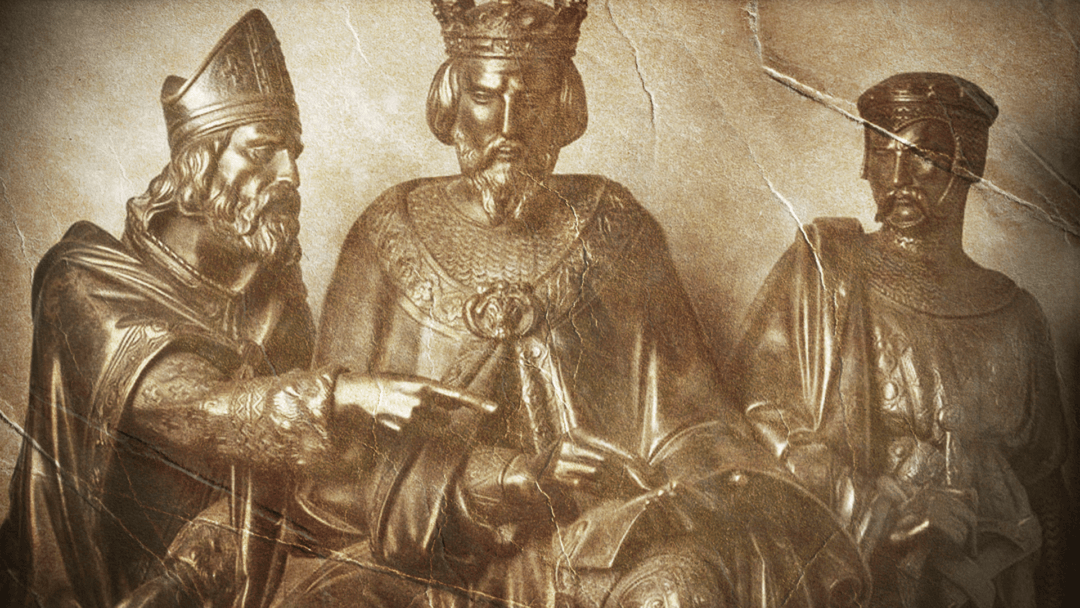
Greetings, Age Community! I am so thrilled to be in your presence once again. As I glide across the pages containing my latest travels, I found myself flipping through endless codices filled with documents which changed the course of history. Right underneath my English Civilization section, I came across the Magna Carta, one of the most important documents in English history. The contents of this document are rich and date further back than its original creation date in the early 1200s. Some may even argue that the birth of this idea dates back all the way to William the Conqueror’s win at the Battle of Hastings in 1066. Do those names ring a bell?
That’s right! The Battle of Hastings and William the Conqueror are a part of our Age of Empires IV game.
If you have played William’s campaign, you may be familiar with some of the history I am about to share with you. If you’re not familiar with it, that’s alright! I have summarized it as best as I could so we can all join in on this journey together.
Ready to flip the page? Let’s go!
William I And His “Unlimited” Power
In 1066, William I took reign over England after defeating Harold’s English army in battle. This new and unprecedented dominion over larger sections of land meant he had to find the best way to keep his barons and church leaders accountable for their jobs (collecting taxes, managing lands, etc.). He sent out his men to travel all across his new and old territories to record the population, landholding, how it was divided, and more. This information was all compiled in a book named the Doomsday Book. During this time, William established his authority over his barons and strengthened the idea and implementation of a feudal system. This new overarching power put his people in a vulnerable position, especially if the king chose to take advantage of the system and placed the crown’s financial stress on them.
His barons and church leaders grew concerned.

After William’s reign, his son Henry I understood the potential consequences of allowing the king to have unlimited power and chose to address the concerns of his leadership. As a solution, he established the Charter of Liberties. This decree held the king accountable for his treatment and demands toward his barons, church leaders, and freemen. His successors, Stephen and Henry II, followed in his footsteps and presented similar charters when crowned as kings. Unfortunately, when King Richard I stepped into the crown, he strayed from tradition and failed to implement any sort of concessions for his barons or church leaders. This shift was not taken lightly by his subjects, as it meant the checks and balances created to protect the crown, its leadership, the church, and the freemen of England were now nonexistent.
What would happen next? Only time would tell…
The Missing Charter
Unfortunately, due to Richard’s poor political and military decisions, the people of England began to suffer. As part of his military conquest, Richard joined the Crusades and was captured. He did not have the funds to pay his ransom and therefore demanded that the people of England pay for it through an increase in their taxes. After he returned, he insisted on continuing the fight against France with no relevant success and once again increased his people’s taxes. Richard left England in a dire situation.

The Final Straw
After Richard’s passing, his successor, King John Lackland, took his place. He was elected by the same barons and church leaders who had loyally served Richard. They entrusted King John with this position and hoped he would show his barons and the church the loyalty they gave to him. Unfortunately, King John did not reinstate the Charter of Liberties; he tainted his relationship with the church and found himself in bad standing with the barons. He continued his attempts at taking France with a mercenary army, though his efforts proved futile.
With each passing day, and each battle lost, England fell further into debt. In a state of desperation, King John Lackland used Richard’s precedent to demand even higher taxes be paid to the crown. The barons and church leaders resented John, as he was betraying his own people and hurting those who chose him as King of England. In 1213, filled with frustration and with the encouragement of the church, the English barons decided to make a list of demands protecting their rights and the rights of the people. They used the original Charter of Liberties to help draft the document.
The initial demands included protection of the English church, the land and customs of cities such as London, and most importantly…
“No free man shall be seized or imprisoned, or stripped of his rights or possessions, or outlawed or exiled, or deprived of his standing in any other way, nor will we proceed with force against him, or send others to do so, except by the lawful judgement of his equals or by the law of the land. To no one will we sell, to no one deny or delay right or justice.”
Now, keep in mind that all of these demands were only protecting those who were considered freemen. While this document did not include all people, it was a step in the right direction.

An Agreement in the Countryside
King John’s unwillingness to retire from war and refusal to compromise with his barons was evident. The disregard for the well-being of his people led to a civil war in May of 1214. Barons, church leaders, and villagers fearlessly took over the city of London, and King John of England had no choice but to listen to the demands of his subjects. He met his barons on June 10th in Runnymede, where he begrudgingly signed a document protecting the rights and liberties of the English people and held royals accountable for their actions under English law.
This document was later named the Magna Carta, also known as the Great Charter. Its impact would one day reach as far as the 20th and 21st century, making this document an essential part of the development of history. Some of the most notorious institutions to use the Magna Carta as a guide to their own laws include the United States Constitution, the United Nation documents, and Britain’s rule of the land. The liberties guaranteed by this document are ones many modern societies continue to use as a reference.
This is just the beginning of the story, fellow Age fans. There is a part two of this story coming soon with some lesser-known facts about the Magna Carta and how it was physically put together. I do hope you join me.
Farewell for now,
Sage.
P.S. Sorry I am in a rush, I am meeting a friend.